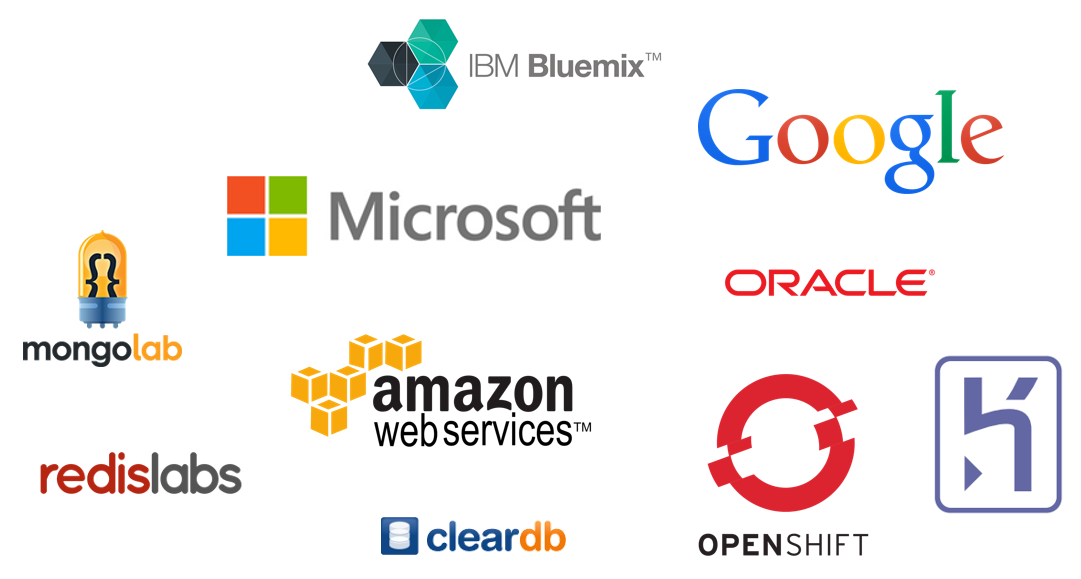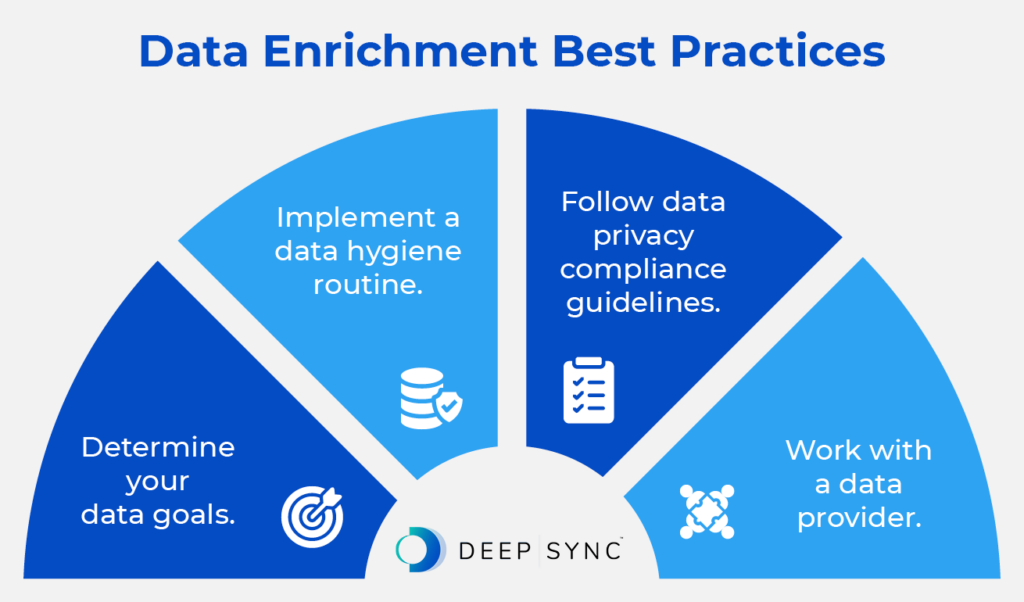Patterns in Database Providers: What to Anticipate in the Coming Years
Patterns in Database Providers: What to Anticipate in the Coming Years
Blog Article
Key Attributes to Look for When Picking a Data Source copyright
Choosing a database provider is a critical choice that can considerably influence your organization's procedures and information administration strategy. Amongst the crucial functions to take into consideration are scalability alternatives, which ensure that your system can adjust to growing needs.
Scalability Options
When choosing a database copyright, recognizing scalability choices is critical to making sure that the selected remedy can accommodate future development. Scalability refers to the capacity of a data source system to increase its capability and efficiency in action to boosted need. There are 2 primary sorts of scalability: straight and vertical.
Vertical scalability, or "scaling up," entails enhancing a single web server's sources, such as CPU, RAM, or storage space. This strategy can be uncomplicated and economical for smaller sized applications yet may reach a limitation where better upgrades are not practical or too costly.
Straight scalability, or "scaling out," entails adding a lot more web servers to distribute the load. This method enables for better flexibility and can suit substantial boosts in information quantity and individual website traffic (database provider). It is particularly helpful for cloud-based database remedies that can dynamically allot resources based on demand

Safety Steps

When assessing protection steps, think about the implementation of encryption protocols (database provider). Data-at-rest and data-in-transit file encryption are necessary to make sure that sensitive information remains secured, also in the occasion of a security breach. Additionally, search for carriers that supply strong verification mechanisms, such as multi-factor verification (MFA), to better boost accessibility control
Regular protection audits and compliance with market standards, such as GDPR or HIPAA, are a sign of a supplier's dedication to data defense. Furthermore, ask concerning their event reaction plan; a robust plan can reduce the influence of any kind of possible protection event.
Performance Metrics
Examining performance metrics is vital for organizations to guarantee that their selected data source provider meets operational needs. Trick efficiency metrics consist of action scalability, time, and throughput, which jointly establish the efficiency of data source operations under differing lots.
Reaction time is vital, as it mirrors just how quickly the data source can process queries and return outcomes. Organizations ought to try to find metrics that indicate typical feedback times during top and off-peak hours. Throughput, commonly determined in deals per 2nd (TPS), offers understanding right into the database's capacity to manage high volumes of demands without performance degradation.
Scalability evaluates the data source's capability to grow with the company's requirements. A durable database copyright need to demonstrate upright and horizontal scaling capabilities, enabling smooth changes as demands rise and fall. Furthermore, recognizing latency, particularly in distributed systems, can assist companies review the responsiveness of the database throughout various geographical locations.
Customer Support
Trusted customer assistance is a foundation of efficient data source administration, supplying organizations with the support required to deal with problems and maximize performance. When choosing a data source supplier, assessing the level of customer assistance they use is crucial. A durable support system need to include multiple channels of interaction, such as click to read more phone, e-mail, and live chat, making certain that customers can access assistance whenever they require it.
Additionally, responsive assistance teams that are offered 24/7 greatly boost the integrity of the data source service. Trigger reaction times and efficient resolution of issues can significantly lower downtime and boost total performance. It is likewise helpful to consider the accessibility of dedicated support employees, who can offer customized assistance based on a company's specific requirements.

Prices Structure
When thinking about a database supplier, the rates framework is a critical aspect that can substantially affect a company's budget and overall technique. A transparent and flexible rates version is crucial for straightening the database sets you back with organization requirements - database provider. Organizations needs click this site to assess whether the prices is based on consumption, per customer, or a flat price, as each model can yield various financial implications over time
It is necessary to analyze any type of additional costs linked with the service provider's services, such as information storage charges, transaction expenses, and support costs. Some carriers may supply tiered prices, enabling scalability as the company expands, while others could impose strict restrictions that could become expensive as information requirements increase.
Additionally, companies need to consider the long-lasting value of the data source option. While reduced first costs can be appealing, they may not represent future upgrades, maintenance charges, or integration expenses. Carrying out a comprehensive cost-benefit evaluation will help identify one of the most ideal pricing structure that stabilizes scalability, efficiency, and support, inevitably making sure that the selected database supplier lines up with the organization's functional and financial objectives.
Final Thought
In conclusion, picking a data source provider requires mindful consideration of numerous crucial functions. Examining efficiency metrics makes it possible for the identification of reliable databases, and easily accessible client assistance enhances the total customer experience.
Selecting a data source company is a critical decision that can substantially impact your organization's procedures and information moved here administration strategy.When picking a data source provider, understanding scalability choices is essential to ensuring that the chosen solution can fit future growth. When choosing a database copyright, reviewing the level of client support they use is crucial.When thinking about a database provider, the prices structure is an essential aspect that can substantially influence an organization's spending plan and total approach. Conducting a detailed cost-benefit evaluation will aid determine the most appropriate rates structure that stabilizes scalability, performance, and assistance, ultimately guaranteeing that the picked database company lines up with the organization's operational and monetary goals.
Report this page